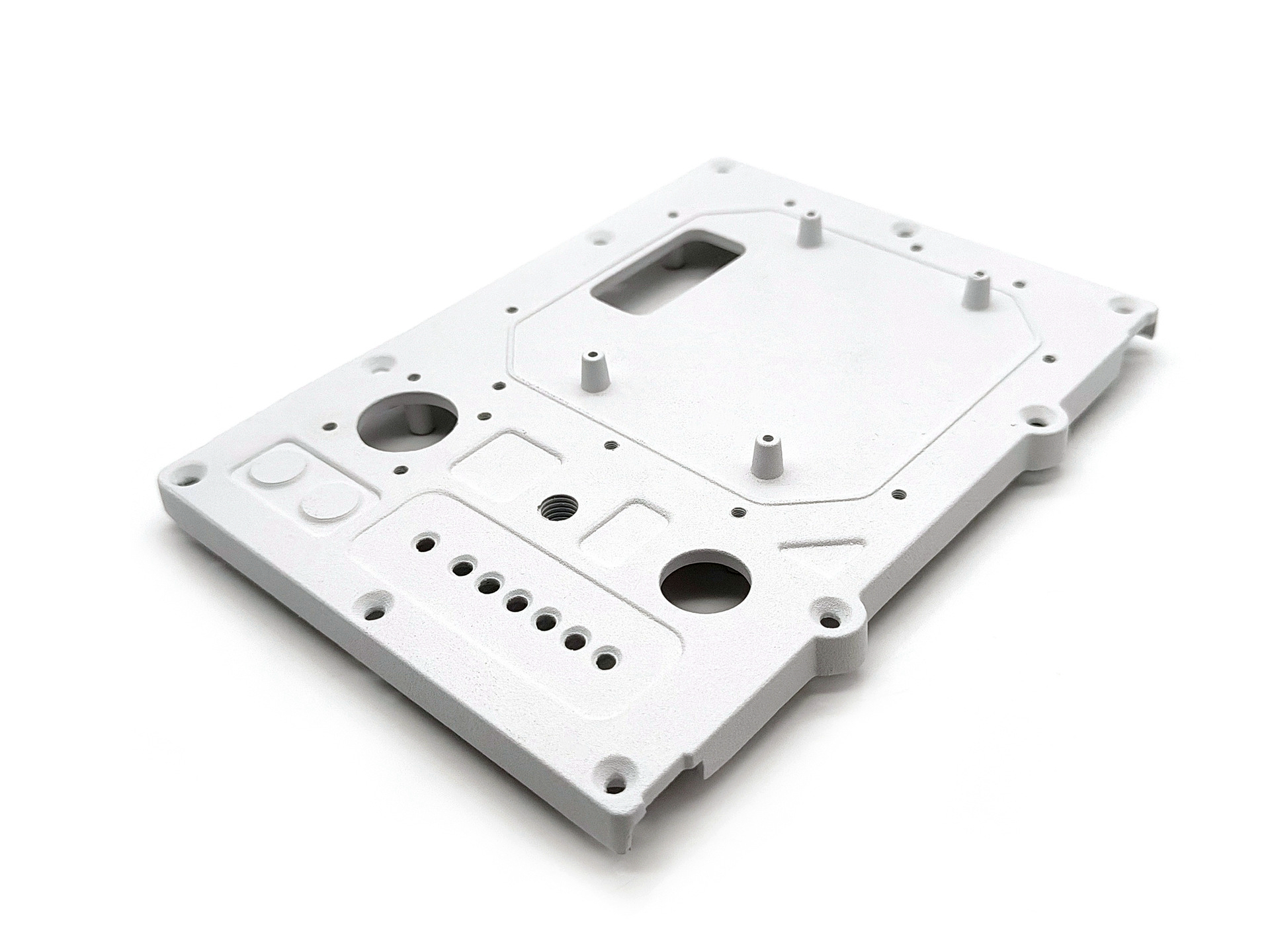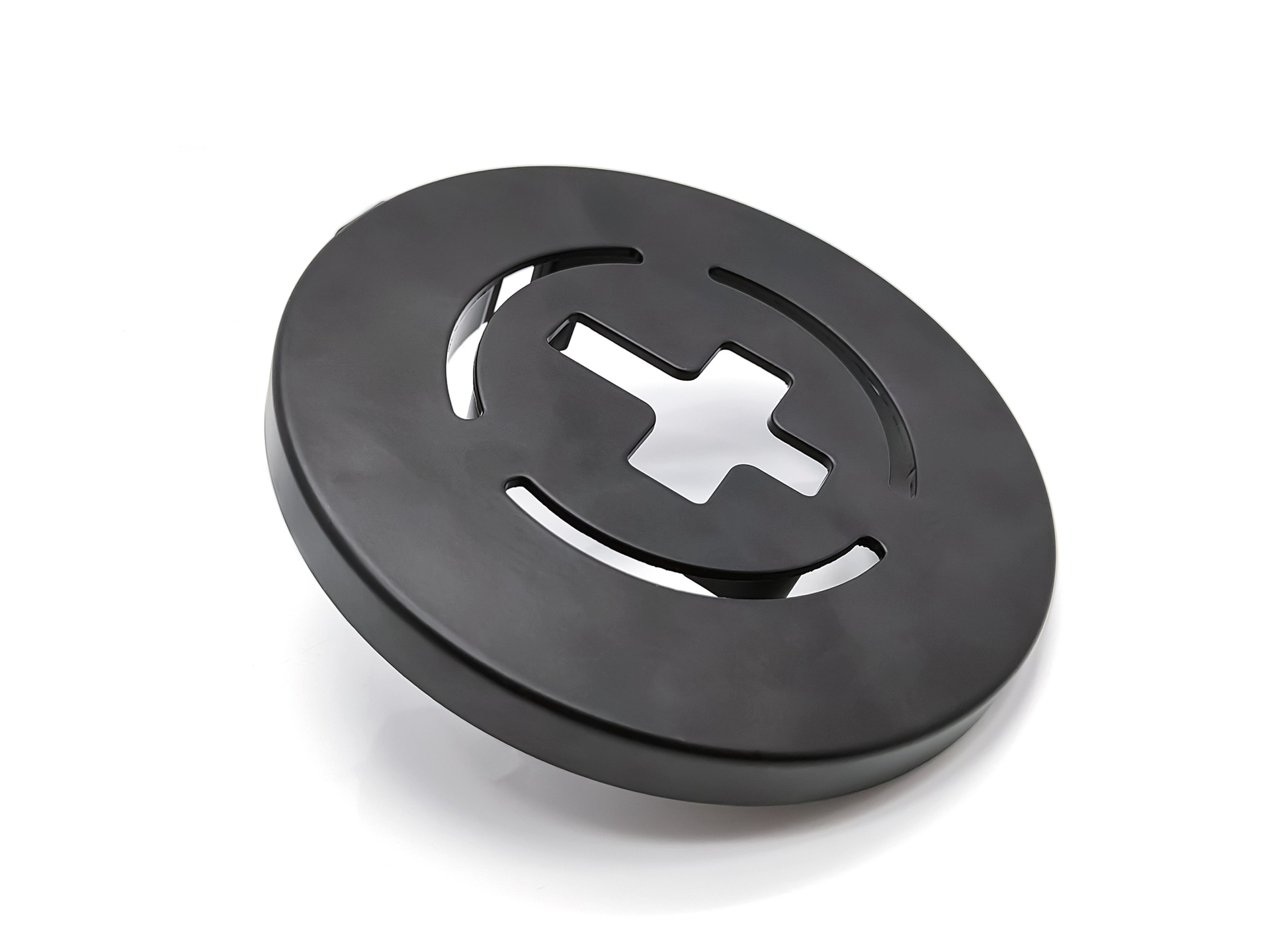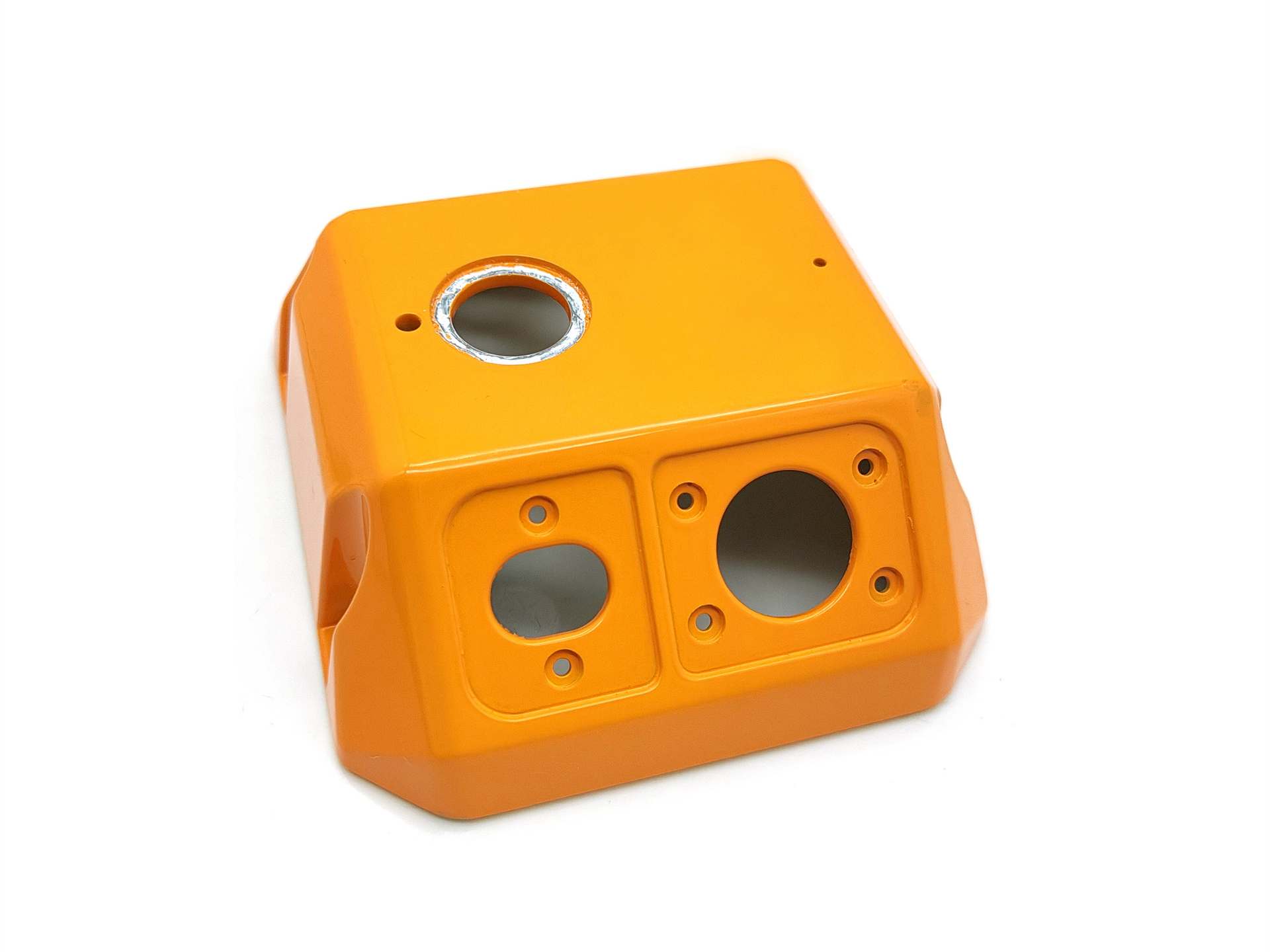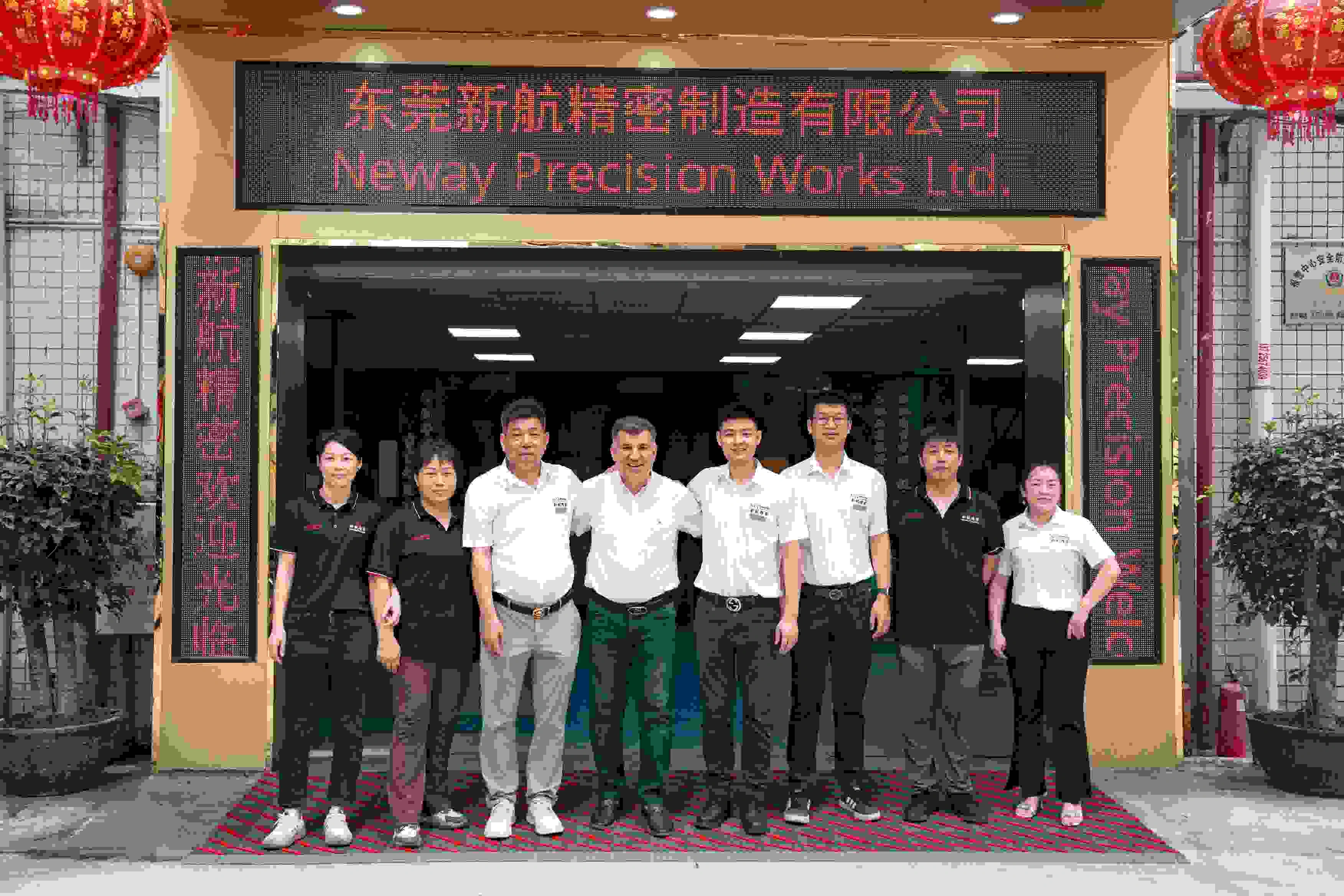Can die cast parts be used in sterilization and autoclave environments?
Can Die Cast Parts Be Used in Sterilization and Autoclave Environments?
Functional Requirements for Autoclave Compatibility
Autoclave and sterilization environments expose components to saturated steam at 121–134°C under pressures of 15–30 psi, often repeated in multiple cycles. For die cast parts to be viable in these conditions, they must exhibit:
Thermal stability without warping or fatigue
Corrosion resistance to pressurized moisture
Surface integrity that resists flaking, oxidation, or bacterial growth
Therefore, material selection, casting quality, and surface finish all play critical roles in determining suitability for autoclave applications.
Suitable Die Casting Materials for Sterilizable Components
Aluminum Alloys
Aluminum die casting offers favorable thermal conductivity and is widely used in non-load-bearing medical and laboratory components:
A360: Excellent corrosion resistance and mechanical strength. Can tolerate repeated autoclave cycles when properly anodized or powder-coated.
AlSi10Mg (EN AC-43500): Enhanced structural integrity and resistance to micro-cracking from thermal cycling.
These alloys must undergo protective finishing such as anodizing or powder coating to minimize pitting or discoloration under steam exposure.
Zinc Alloys
Zinc die casting is generally not recommended for autoclave environments due to its lower melting point (~390°C) and susceptibility to white rust in moist conditions. However, for components exposed only to low-temperature sterilization or sealed electronics not subjected to direct steam, Zamak 3 may be acceptable if appropriately sealed and coated.
Surface Treatments for Sterilization Resistance
Anodizing: Hard anodized layers (Type III) enhance thermal resistance and minimize microbial growth on aluminum surfaces.
Powder Coating: Epoxy-based coatings offer good barrier protection against moisture and chemical disinfectants, but must be validated per ISO 11140-1.
Painting: Specialty medical-grade paints with anti-microbial properties can support applications exposed to disinfection cycles rather than full autoclave sterilization.
Supporting Manufacturing Solutions for Sterilizable Die Cast Parts
To support autoclave-compatible projects, we recommend:
Precision Tooling and Prototyping
Tool and Die Making: Ensures tight tolerances and repeatable dimensions under thermal cycling.
Rapid Prototyping: Enables early-stage sterilization testing with real material samples.
Post-Processing for Medical Use
Post Process for Die Castings: Includes deburring, sandblasting, and protective coatings optimized for sterilizable use.
Material and Process Guidance
Casting Material Selection: Select RoHS-compliant, corrosion-resistant alloys for medical and lab use.
Our one-stop service ensures consistency from material selection to validated surface finishing for medical-grade applications.



